We should all have a solid command of the ABCs of baking. Thankfully, Food52's Test Kitchen Manager Erin McDowell -- alongside photographer Sarah Stone, who both blog at The Shutter Oven -- is here, with tips and tricks to help you master the most essential desserts and the simplest breads.
Today: If pie still scares you, skip the traditional crust and try one of these six easy alternatives instead.
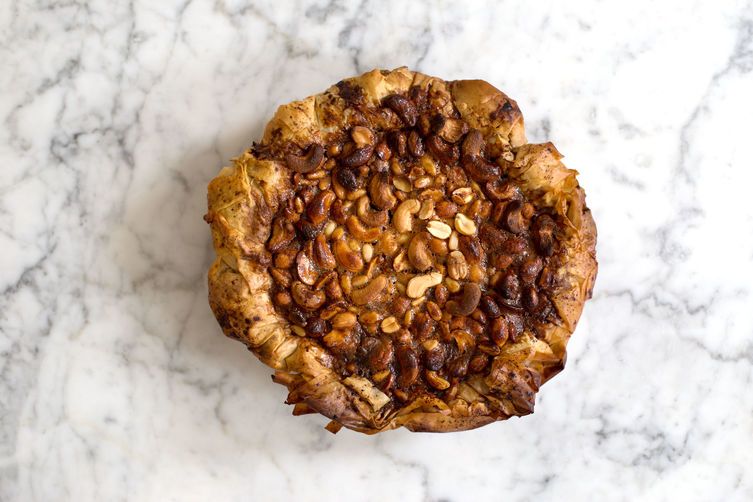
When I get questions about pie from folks who are scared of making it, I often offer a few alternatives to traditional pie crust, since that can be the most intimidating part. Even though I'm comfortable making a really good pie crust, I often opt for a simpler route myself.
Pies made with non-traditional crusts are some of my favorites: I like to think of them as a reminder that pie can be an everyday treat, and shouldn't be reserved solely for special occasions. The crusts I'm sharing today will take you from concept to completion in no time, and give you lots of flexibility when it comes to your fillings. Because nobody should ever be scared of pie.
Phyllo Dough
I first talked about phyllo crusts when I shared my favorite fancy pies for the holidays, and it's too good not to mention again. Just pick up a package of good phyllo dough from the freezer section of your favorite grocery store, and you're halfway there.
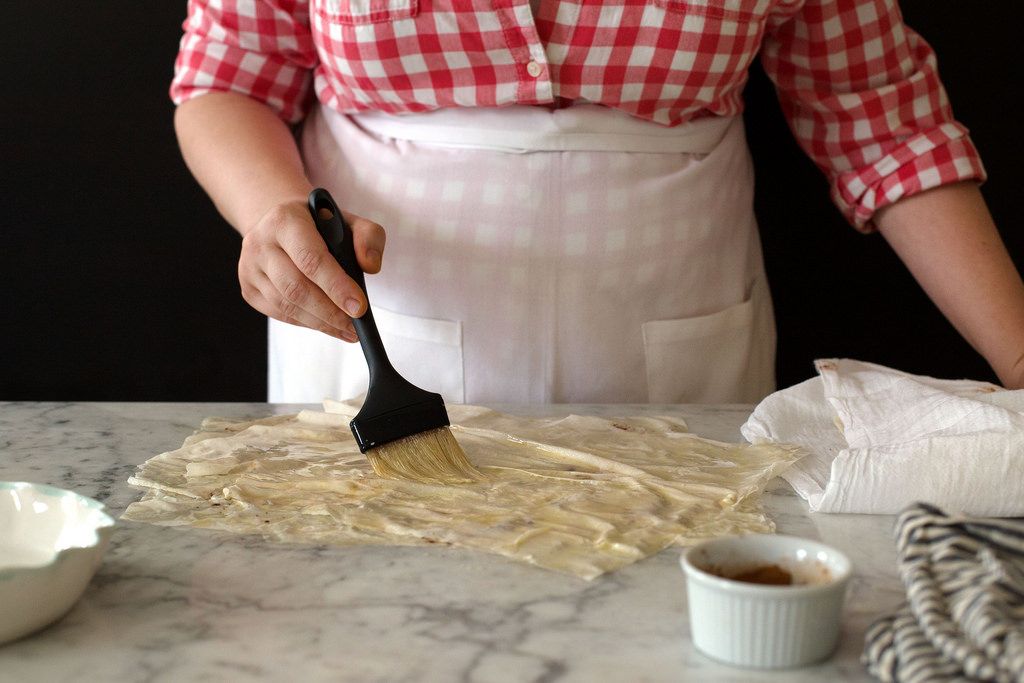
Keep the phyllo by your work station alongside a bowl of melted butter -- and remember to keep the phyllo covered fully with a kitchen towel (see above, right) while you work, as exposure to air will dry it out.
Trim the phyllo into squares that are about 3/4 to 1 inch larger than your pie plate. Working on a clean, flat surface, brush one piece of phyllo generously with butter, then top it with a second piece, placing it slightly askew so that the edges don't match up. Repeat this process until you’ve layered 8 to 10 pieces of dough, and the corners have come full circle. For bonus points, sprinkle baking spices over each layer of melted butter as you layer your phyllo sheets.
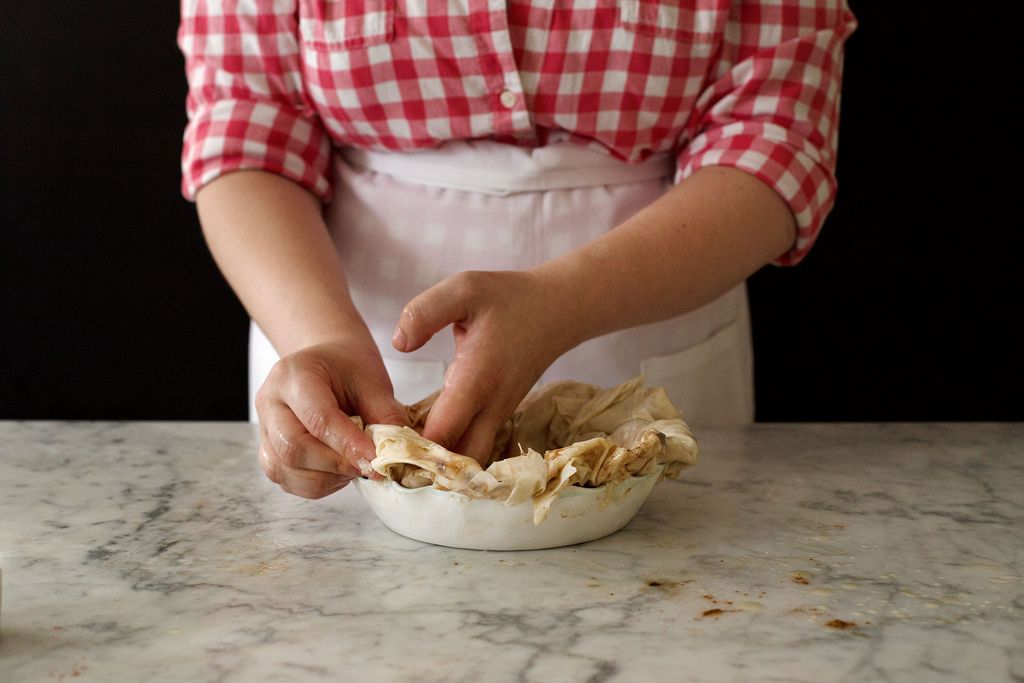
More: A beautiful crust deserves a beautiful vessel.
Gently transfer the layered dough to a pie plate and press it into the cavity. Use your fingers to ruffle the edges, then press them gently against the rim of the plate. Par-bake -- or fill and bake, depending on your filling -- the crust until it's golden brown. The result is an extra-crispy crust that's especially great for nut pies, like the one I've included below.

Rice Crust
A rice crust is a great way to use up leftover rice; it is an excellent option for savory pies; and it's gluten-free to boot.
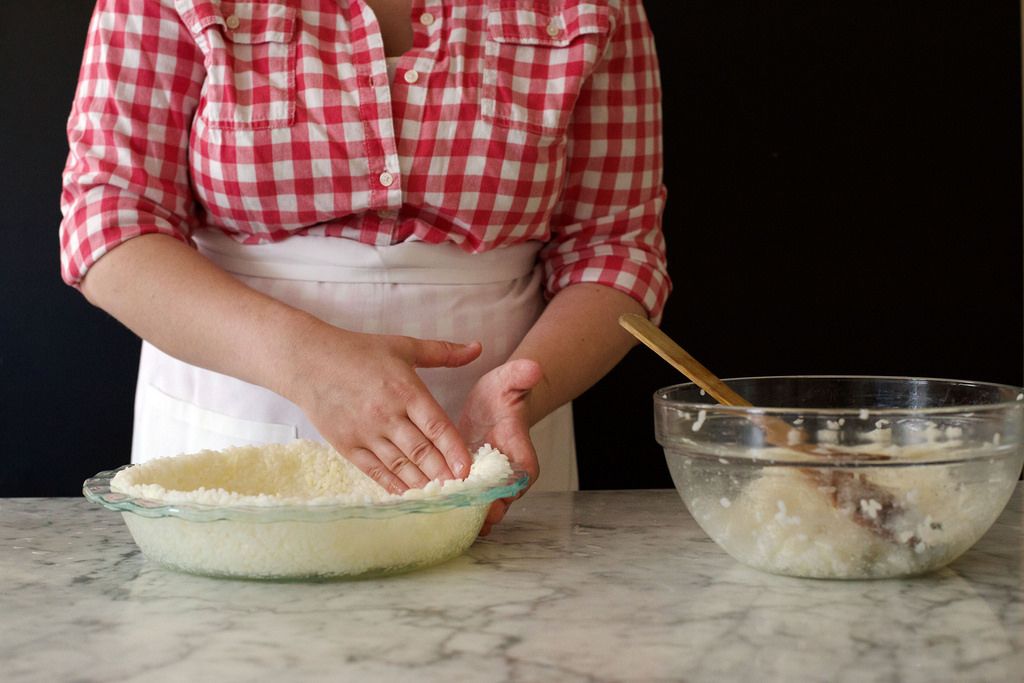
To make one, simply mix cooled, leftover steamed rice with egg whites and grated cheese, and press the mixture into a pie plate. Par-bake the crust to help it set before filling and baking it. Watch your crust carefully to see how it browns -- you may need to lower the temperature from 425° F to 375° F if it browns too much in the early stages of baking. This crust works especially well for quiches.
Cookie or Cracker Crust
This crust allows for a lot of flexibility and creativity. From graham crackers to saltines, there are as many cookie and cracker options for this crust as there are fillings for pie.
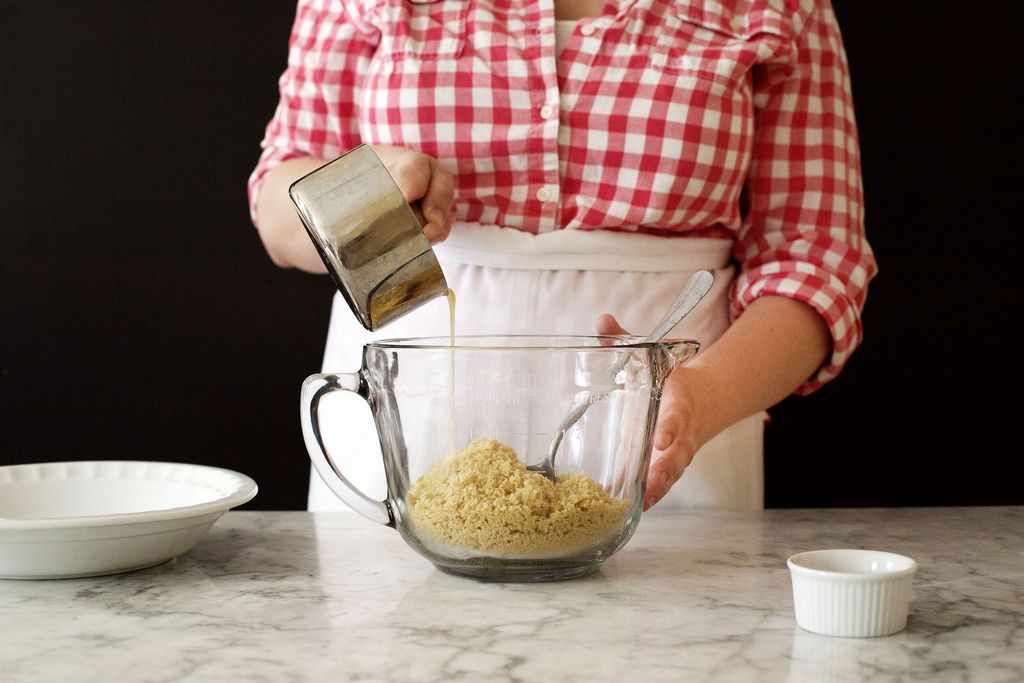
As a general rule, I use 2 cups crushed cookies or crackers to 3 tablespoons melted butter. If you like, sweeten your crust with 1 to 2 tablespoons of sugar, or flavor it with a few pinches of spices. The idea is to moisten the crumbs just enough that they stick together without becoming over-saturated.
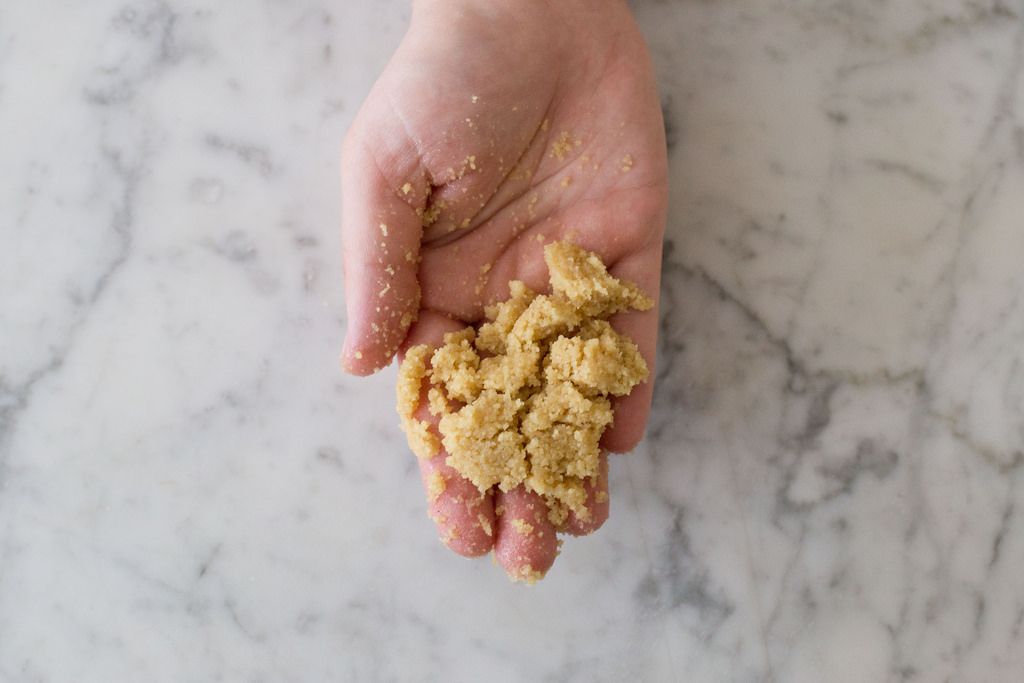
Once you've achieved the right consistency, gently press the moistened crumbs into the pie plate to form a cohesive crust. A measuring cup is a handy tool to use for this process, as it both tightens the structure of the crumb crust and evens it out, especially around the edges. The crust is then ready to be baked or par-baked. Due to the nature of these crusts, it’s generally better to bake them at a slightly lower temperature (around 375° F) to prevent them from getting too brown or overly crisp. Once the crust has cooled, I like to finish it with a creamy filling.
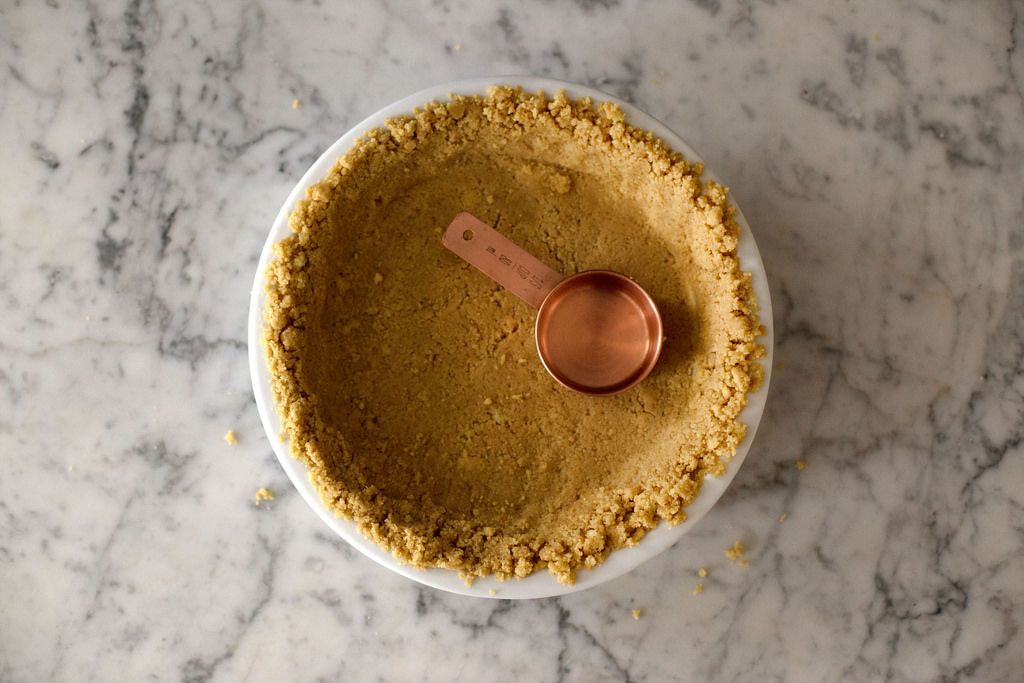
Other Ideas:
Puff Pastry
Puff pastry -- traditionally used for a classic tarte tatin -- makes a gorgeous pie crust, especially for fruit pies. Roll out frozen or homemade puff pastry to 1/8-inch thick and follow the instructions for par-baking regular pie dough. It may be necessary to pierce the base of the crust with a fork during baking to keep it thin and even.
Cookie Dough
Classic cookie doughs that follow a 1:2:3 fat:sugar:flour ratio make for great tart and pie shells, but any other roll-out cookie dough will work beautifully as well. Shortbread is lovely; sugar cookie dough is chewy and delicious; and I always love an easy press-in cookie dough.
Tempered Chocolate
A slightly less versatile option, tempered chocolate can be poured into a pie or tart pan (it's especially great in mini tartlet shells), then set at room temperature or placed in the refrigerator or freezer for ice box pies. Since this crust is relatively temperature-sensitive, it’s fantastic for creamy or frozen pie fillings.
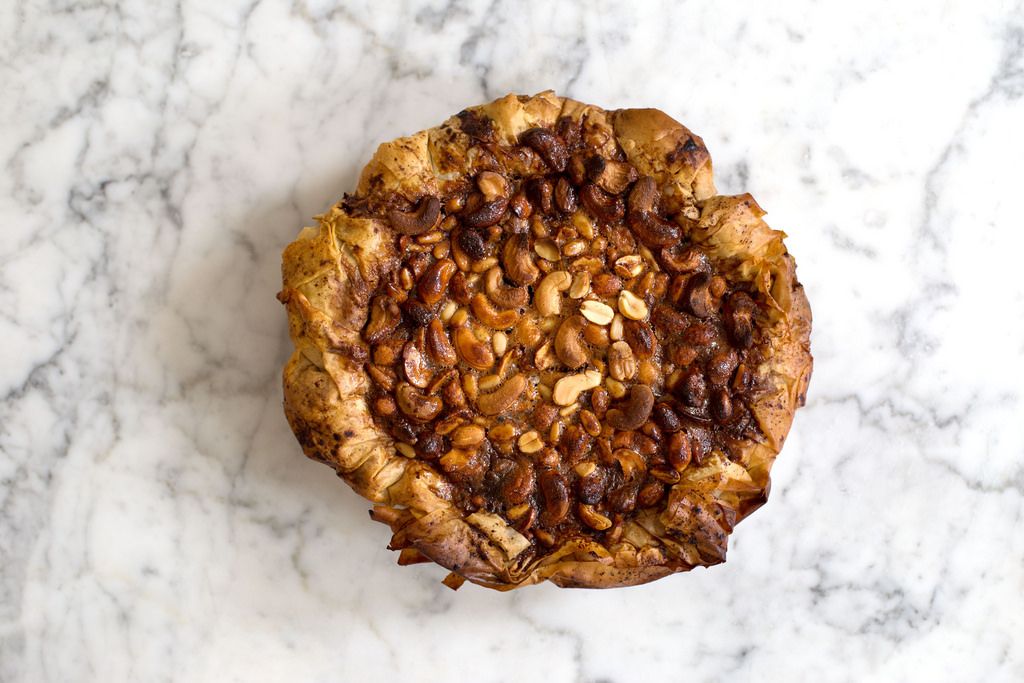
Honey-Nut Phyllo Pie
Makes one 9-inch pie (or two 5-inch mini pies)
For the phyllo crust:
3
tablespoons sugar
2
tablespoons cinnamon
Pinch of nutmeg
8
sheets frozen phyllo dough
6
tablespoons butter, melted
To finish the pie:
5
tablespoons butter
1
cup light brown sugar
1/2
cup honey
1/4
cup light corn syrup
Generous pinch of salt
Seeds scraped from one vanilla bean
3 eggs
1 3/4
cups mixed nuts (I like peanuts, cashews, and pine nuts)
See the full recipe (and save it and print it) here.
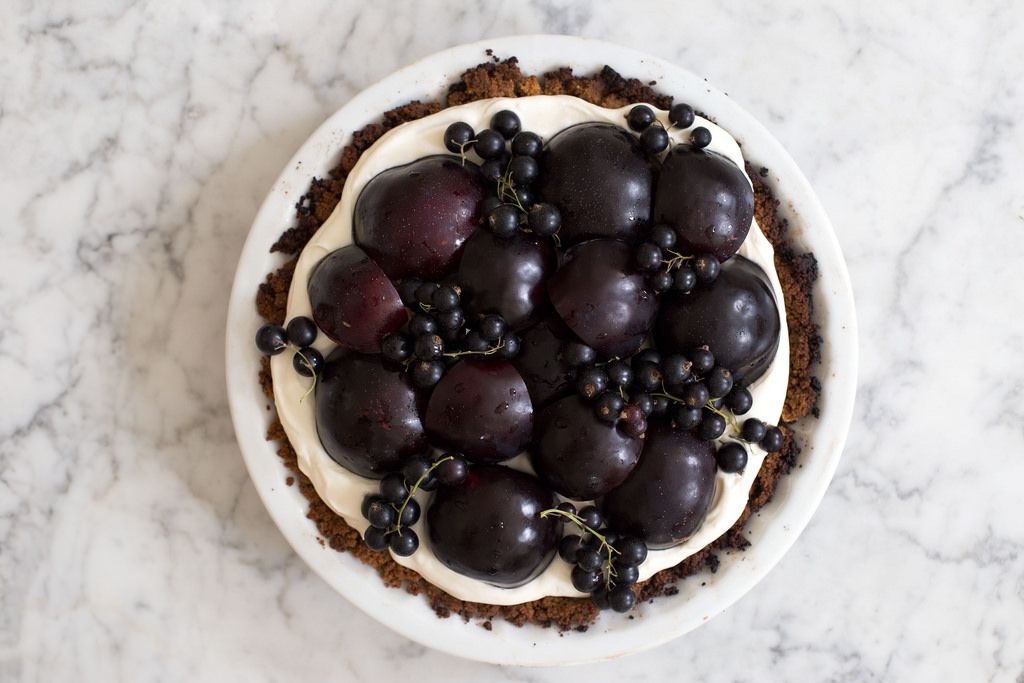
Vanilla-Mascarpone Cream Pie with Honeyed Fruit in a Sugar Cookie Crust
Makes one 9-inch pie
For the sugar cookie crust:
2 cups sugar cookie crumbs
Generous pinch of salt
3 tablespoons unsalted butter, melted
To finish the pie:
1 teaspoon gelatin
2 tablespoons cold water
1 1/4 cups heavy cream
1/2 cup vanilla sugar
Two 8-ounce containers mascarpone cheese
3/4 teaspoon vanilla extract
Seasonal fruit, cut into large wedges or trimmed and left whole (I used black plums and black currants)
2 tablespoons wildflower honey
See the full recipe (and save it and print it) here.
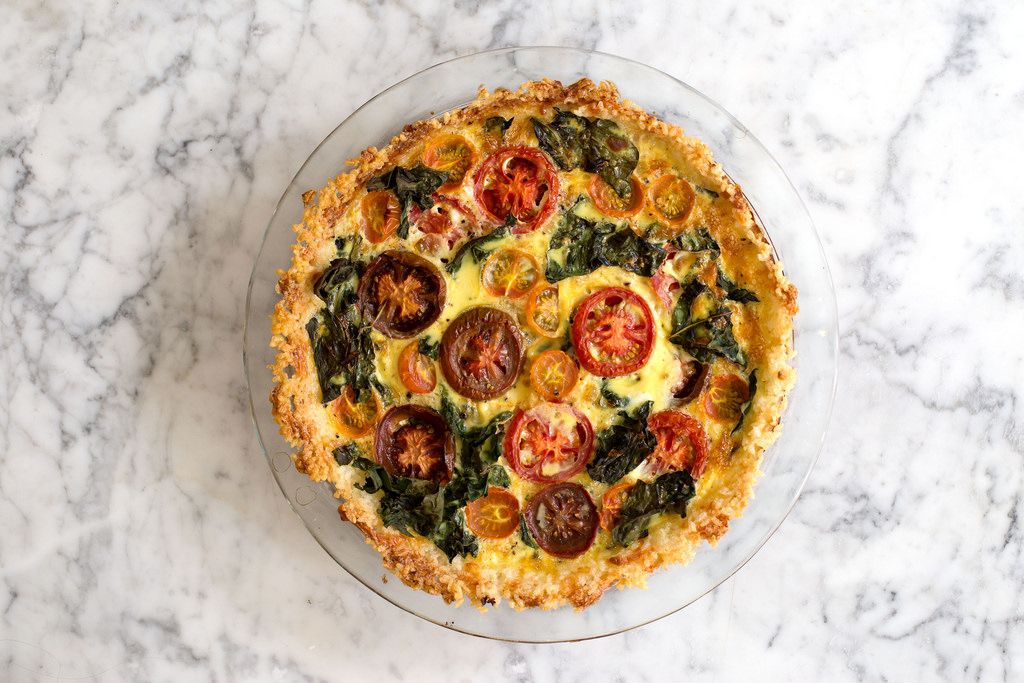
Tomato-Kale Quiche in a Cheesy Rice Crust
Makes one 9-inch pie
For the rice crust:
1 1/2 cups cooked rice, cooled
1/2 teaspoon salt
1/4 teaspoon pepper
1/2 cup grated Parmesan cheese
1 large egg white
To finish the quiche:
6 large eggs
1/2 cup half-and-half
1 teaspoon salt
1/2 teaspoon coarsely ground black pepper
4 tomatoes, thickly sliced
1/2 bunch kale, roughly torn
See the full recipe (and save it and print it) here.
Top photo by James Ransom; all other photos by Sarah Stone












See what other Food52 readers are saying.